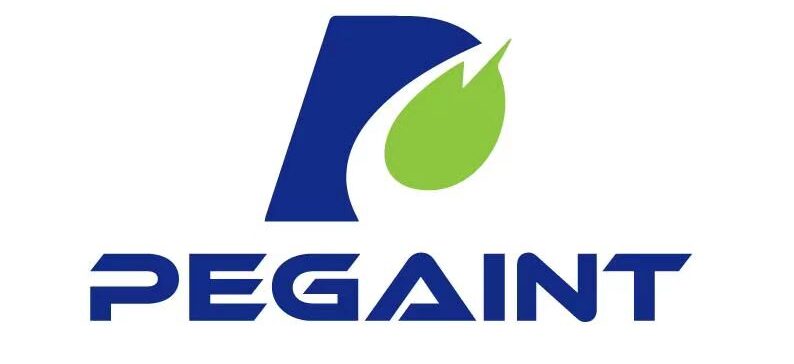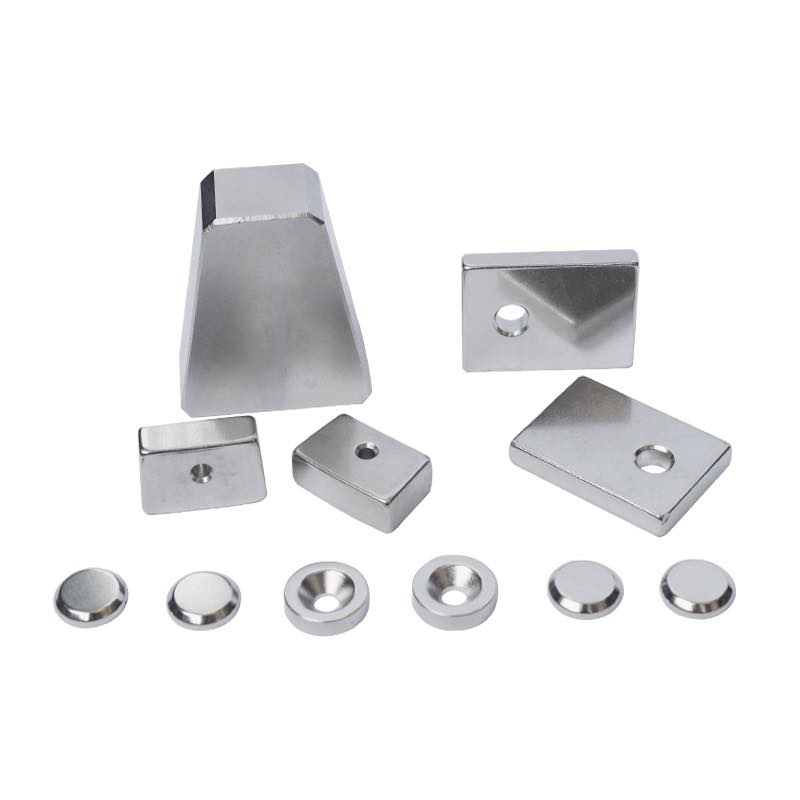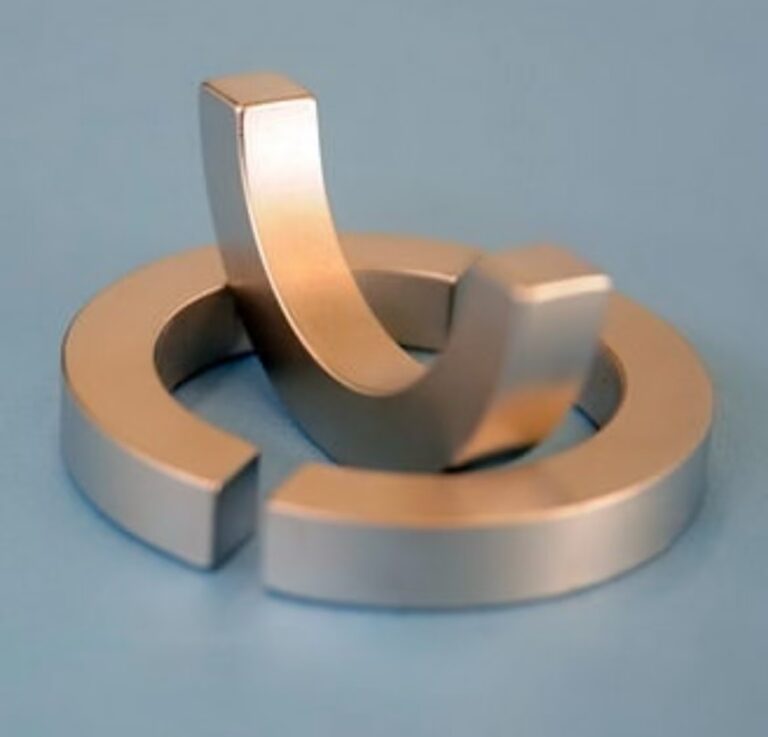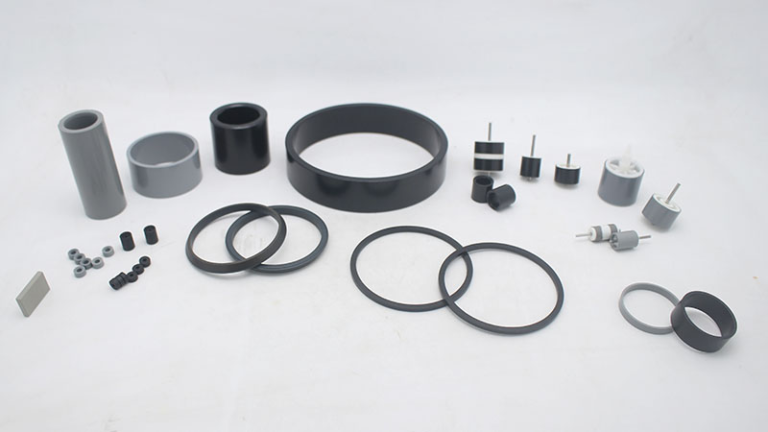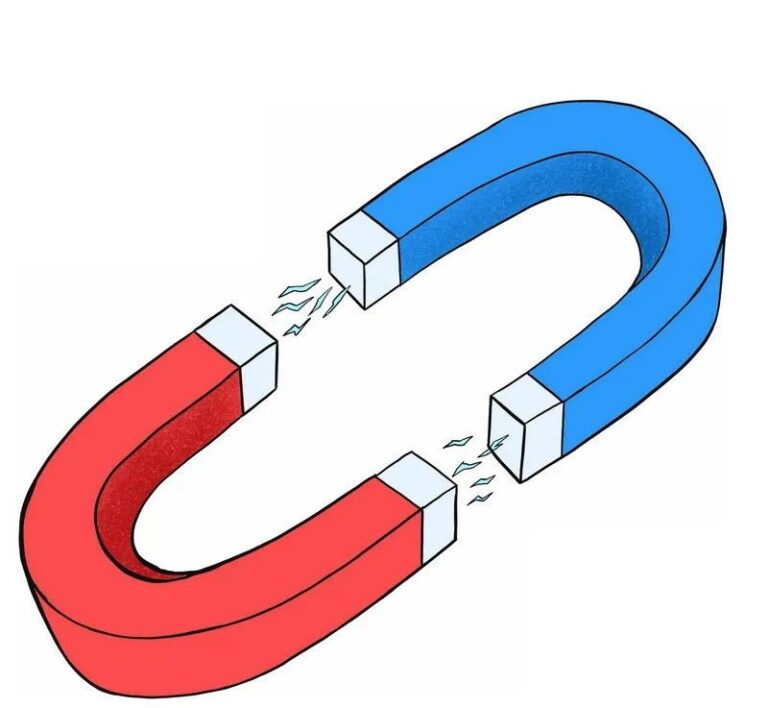Gebonden NdFeB-magneten versus gesinterde NdFeB-magneten
The neodymium magnet, also known as the NdFeB magnet, is a kind of artificial permanent magnet, also the most powerful permanent magnet to date. NdFeB-magneten can attract objects up to 640 times their weight. If divided by shape, the NdFeB magnets can be divided into round magnets, ring magnets, rectangular magnets, square magnets, irregular magnets, etc. If divided according to their production process, NdFeB magnets can be divided into bonded NdFeB magnets and sintered NdFeB magnets. Bonded NdFeB magnets vs sintered NdFeB magnets, what’s the difference between them? In this article, we will try to find the differences between bonded NdFeB magnets and sintered NdFeB magnets.
Bonded NdFeB magnets and sintered NdFeB magnets are both types of neodymium magnets, but they differ significantly in their manufacturing processes, properties, and applications. Here’s a detailed comparison:
- Manufacturing Process
• Bonded NdFeB Magnets:
• Made by mixing neodymium, iron, and boron powder with a binding material (e.g., epoxy resin).
• The mixture is then pressed or injection-molded into the desired shape.
• No sintering is involved; the material is cured at low temperatures.
• Sintered NdFeB Magnets:
• Produced by compressing neodymium, iron, and boron powder into a mold.
• The compressed material is heated (sintered) at high temperatures to fuse the particles.
• The resulting magnets are machined into the final shape. - Magnetic Properties
• Bonded Magnets:
• Lower magnetic strength compared to sintered magnets.
• Offers isotropic properties (magnetized in any direction).
• Typical magnetic energy product: 8-12 MGOe.
• Sintered Magnets:
• Higher magnetic strength, making them the strongest permanent magnets.
• Anisotropic properties (magnetized in a specific direction).
• Typical magnetic energy product: 28-52 MGOe. - Shape and Size
• Bonded Magnets:
• Easy to mold into complex shapes and thin-walled structures.
• Suitable for intricate designs that are difficult or impossible to machine.
• Sintered Magnets:
• Limited to simpler shapes unless further machining is done.
• Fragile and prone to cracking during machining. - Mechanical Properties
• Bonded Magnets:
• More mechanically stable and less brittle than sintered magnets.
• Resistant to chipping and cracking.
• Sintered Magnets:
• Brittle and prone to breaking under mechanical stress. - Temperature Resistance
• Bonded Magnets:
• Slightly lower resistance to high temperatures (depends on the binder material).
• Typically suitable for applications below 150°C.
• Sintered Magnets:
• Higher resistance to demagnetization at elevated temperatures.
• Specialized grades can operate at temperatures above 200°C. - Cost
• Bonded Magnets:
• Generally cheaper to produce due to simpler manufacturing and lower raw material requirements.
• Lower material utilization but higher flexibility in production.
• Sintered Magnets:
• Higher cost due to intensive manufacturing processes and greater material usage.
• Economical only in larger production scales. - Applications
• Bonded Magnets:
• Sensors, small motors, office equipment, and consumer electronics.
• Applications requiring precise shapes and moderate magnetic strength.
• Ideal for high-volume, low-cost production.
• Sintered Magnets:
• Electric vehicle motors, wind turbines, magnetic separators, and industrial machinery.
• Applications requiring maximum magnetic strength and durability.
Gebonden NdFeB-magneten
A bonded NdFeB magnet, composed of Nd2Fe14B, is a synthetic magnet. Bonded NdFeB magnets are magnets made of rapidly quenched NdFeB magnetic powder and binder by “compression molding” or “injection molding”. Bonded NdFeB magnets have high dimensional accuracy, can be made into magnetic components with relatively complex shapes, and have the characteristics of one-time molding and multi-polar orientation. The bonded NdFeB magnets have high mechanical strength and can be formed at one time with other supporting components during forming. Thanks to their low cost, high dimensional accuracy, large degree of freedom in shape, good mechanical strength, and light specific gravity, bonded NdFeB magnets are widely used in office automation equipment, Denso machinery, audiovisual equipment, instrumentation, small motors and metering machinery, mobile phones, CD-ROM, DVD-ROM drive motors, hard disk spindle motors HDD, other micro special DC motors and automated instruments and other fields. Their annual growth rate has reached 35%. Compared with sintered NdFeB magnets, bonded NdFeB magnets can be formed at one time without secondary processing, and can be made into various shapes of complex magnets, which is also incomparable to sintered magnets. With the help of the bonded NdFeB magnets, people can greatly reduce the size and weight of the motor.
Sintered NdFeB Magnets
The sintered NdFeB magnet is made by powder metallurgy process. First, the smelted alloy needs to be powdered and pressed into a compact in a magnetic field, and then the compact is sintered in inert gas or vacuum to achieve densification. In general, only the magnet blank can be produced after sintering, and then it can be turned into magnets of various shapes through mechanical processing (such as wire cutting, slicing, grinding, etc.). Sintered NdFeB permanent magnets are widely used in electronics, electrical machinery, medical equipment, toys, packaging, hardware machinery, aerospace, and other fields. The more common ones are permanent magnet motors, speakers, magnetic separators, computer disk drives, and magnetic resonance imaging equipment instruments. Compared with bonded NdFeB magnets, sintered NdFeB magnets have high processing costs, large losses during processing, and poor dimensional accuracy. But its advantage is also obvious. At present, the (BH) max of the sintered NdFeB magnet can reach more than 50M, while the bonded magnet is generally below 10M.
Conclusie:
Feature Bonded NdFeB Magnets Sintered NdFeB Magnets
Manufacturing Bonding with resin, molding Powder sintering, machining
Magnetic Strength Moderate Very high
Shape/Size Complex, small designs Simple, larger sizes
Durability Tough, less brittle Brittle
Temperature Moderate resistance High resistance
Cost Lower Higher
Applications Electronics, sensors Motors, heavy industry
Both types of magnets are essential in modern industries, with the choice depending on the specific requirements of the application.
